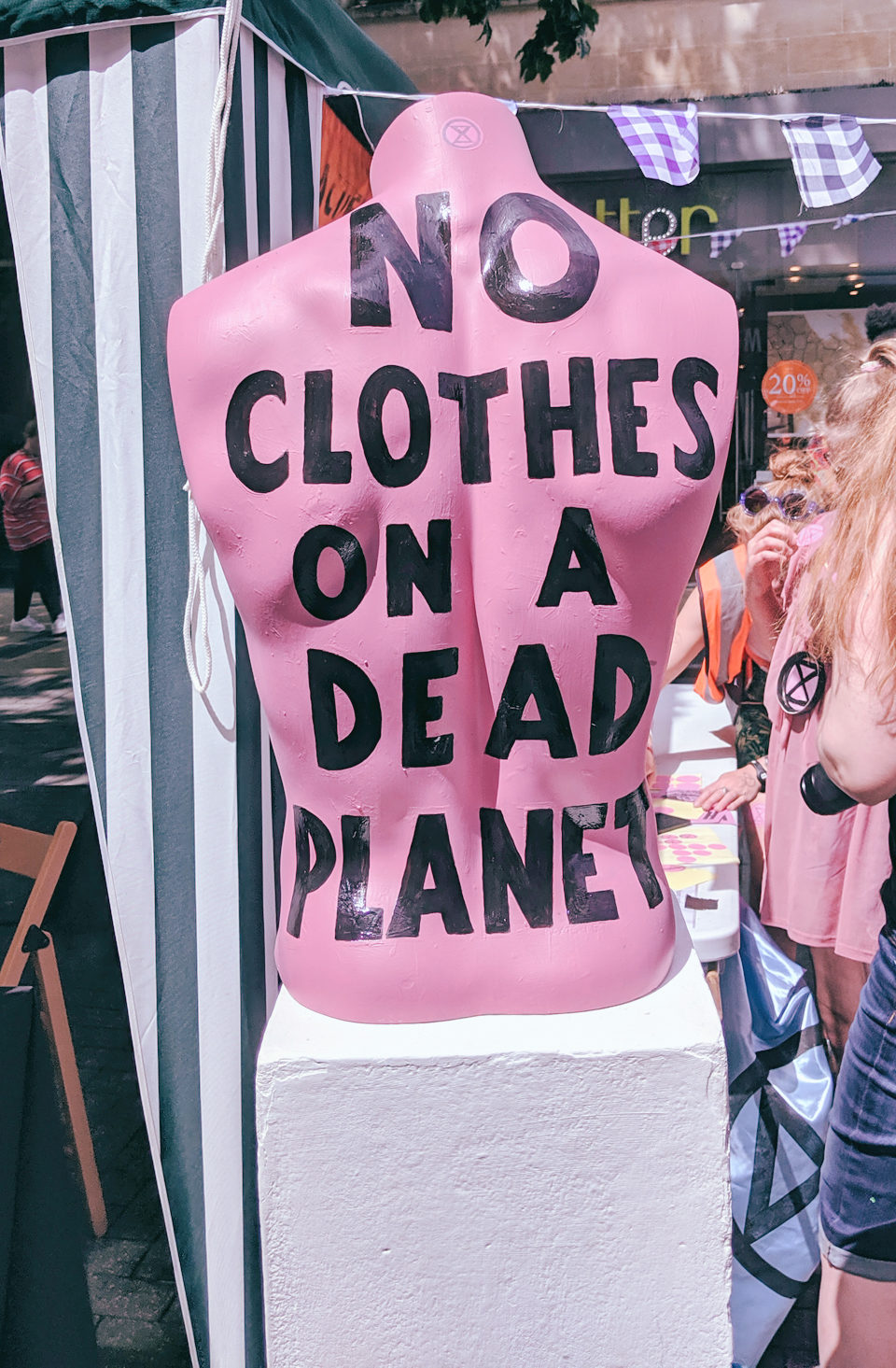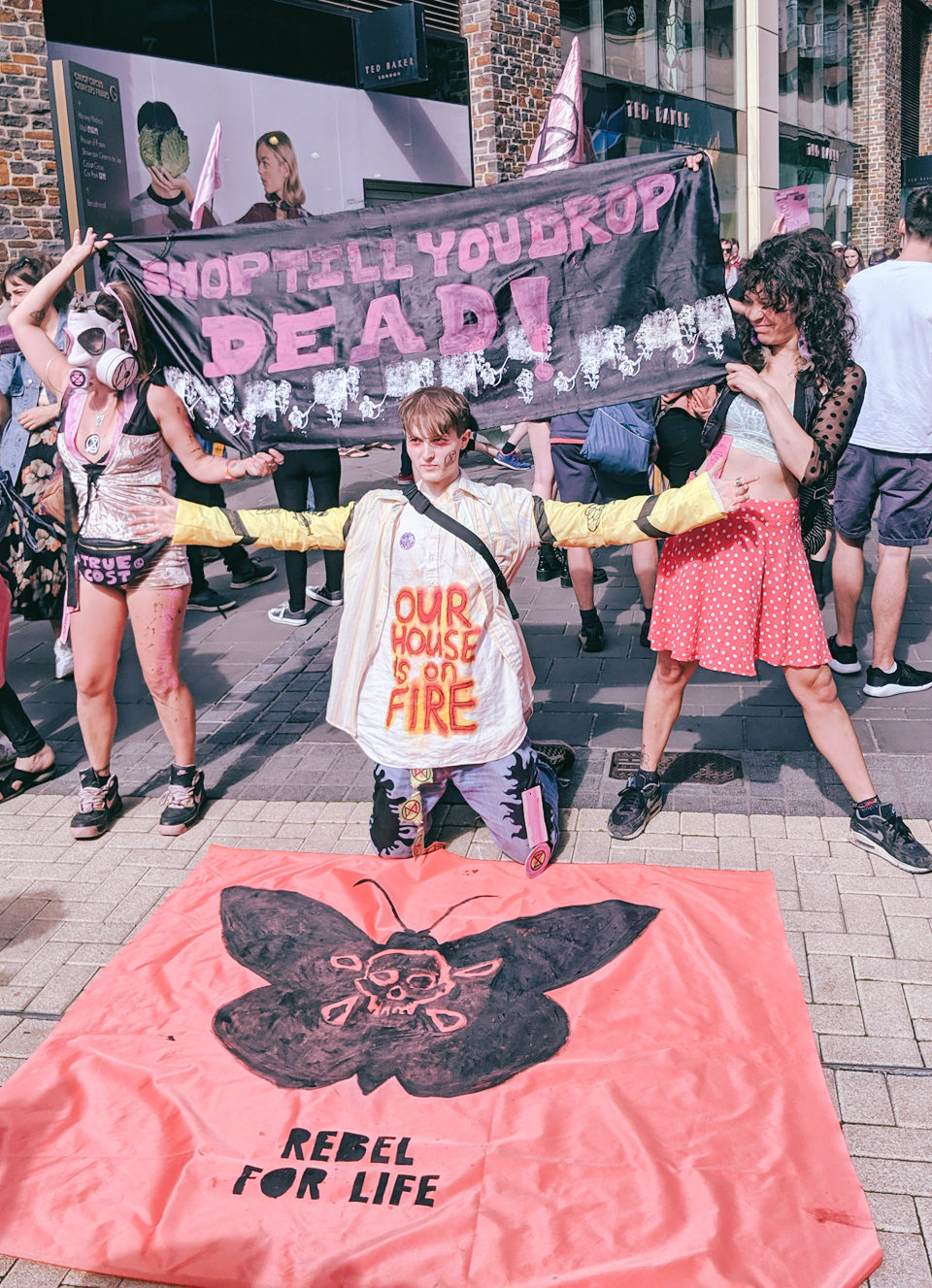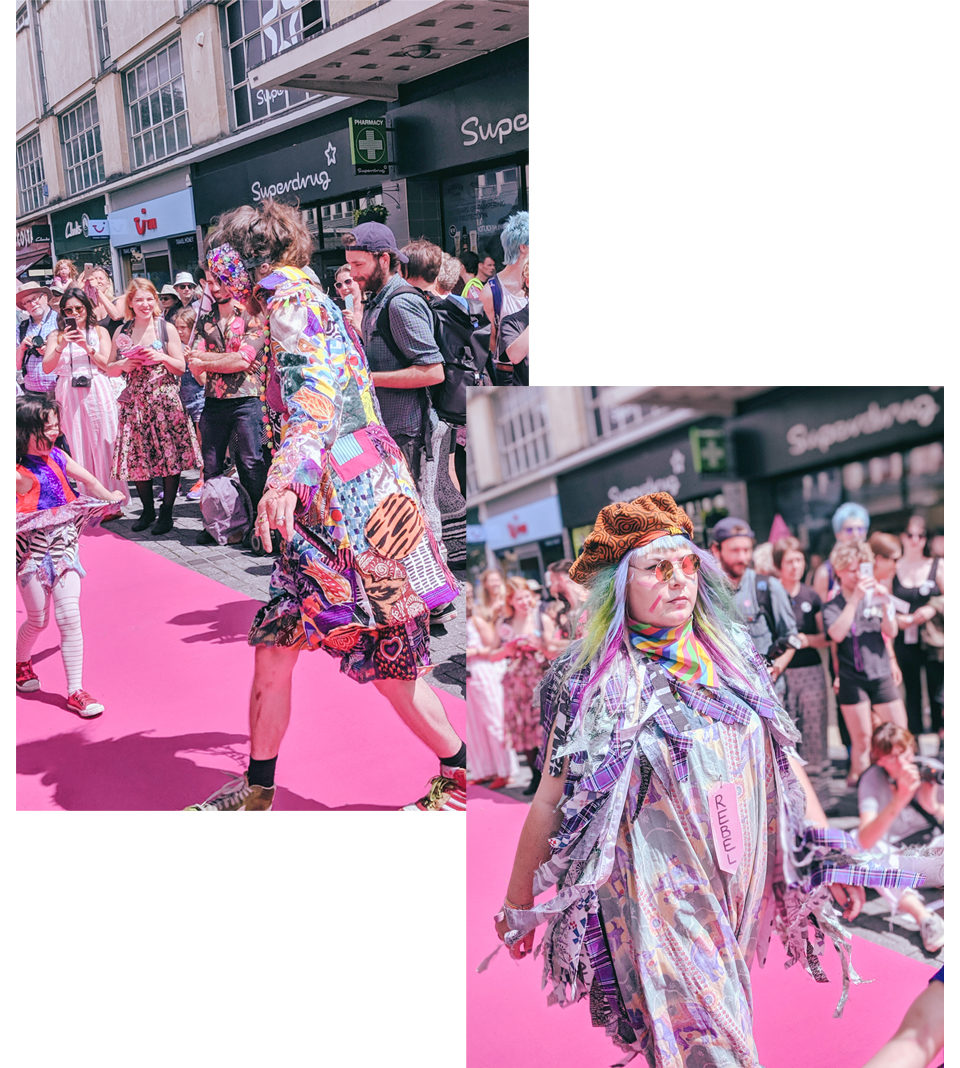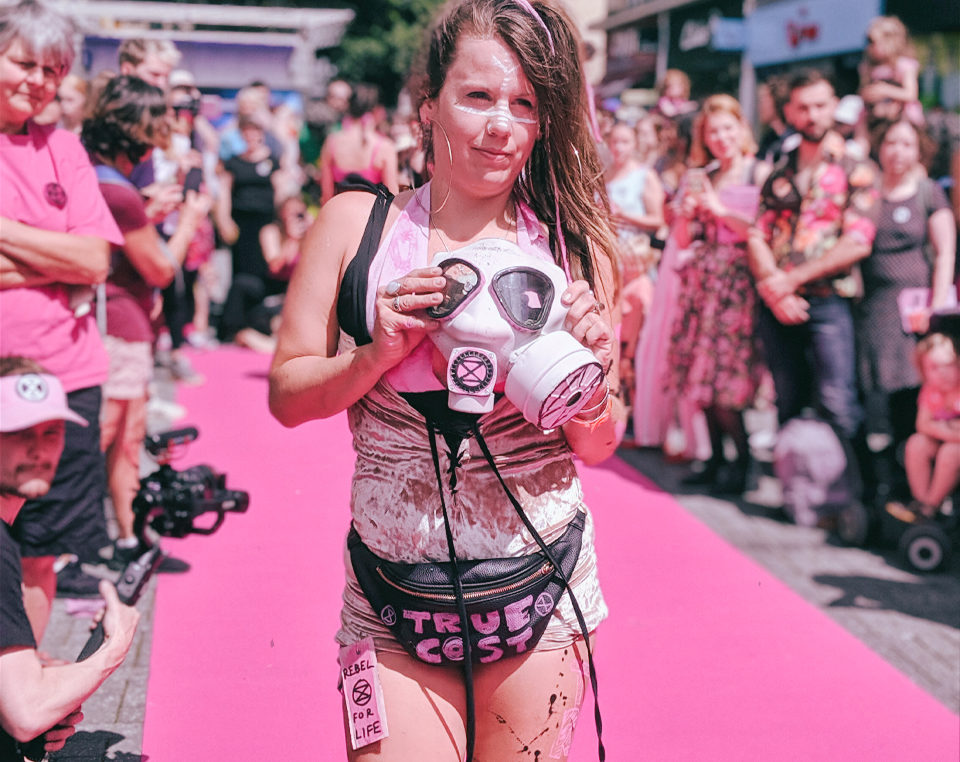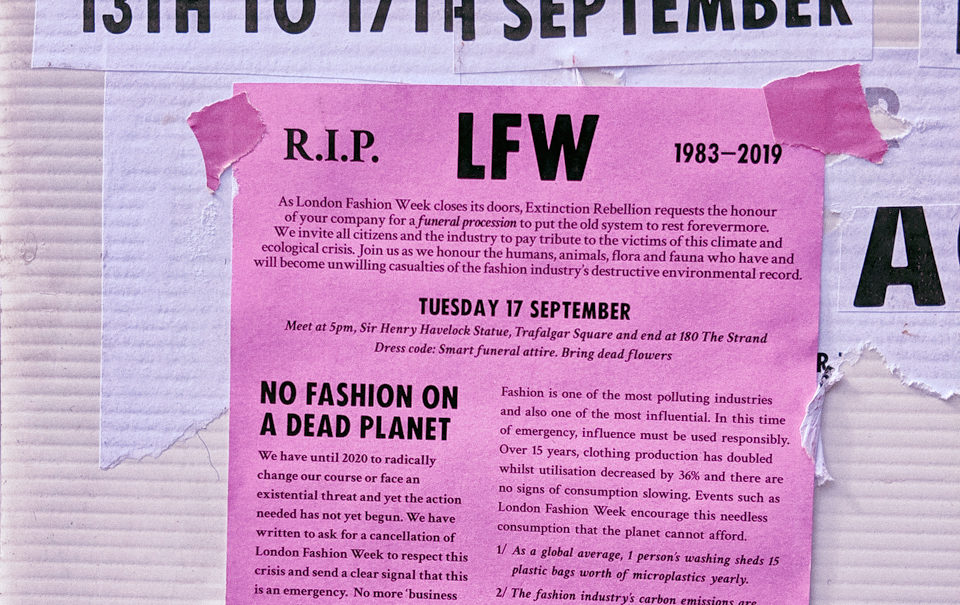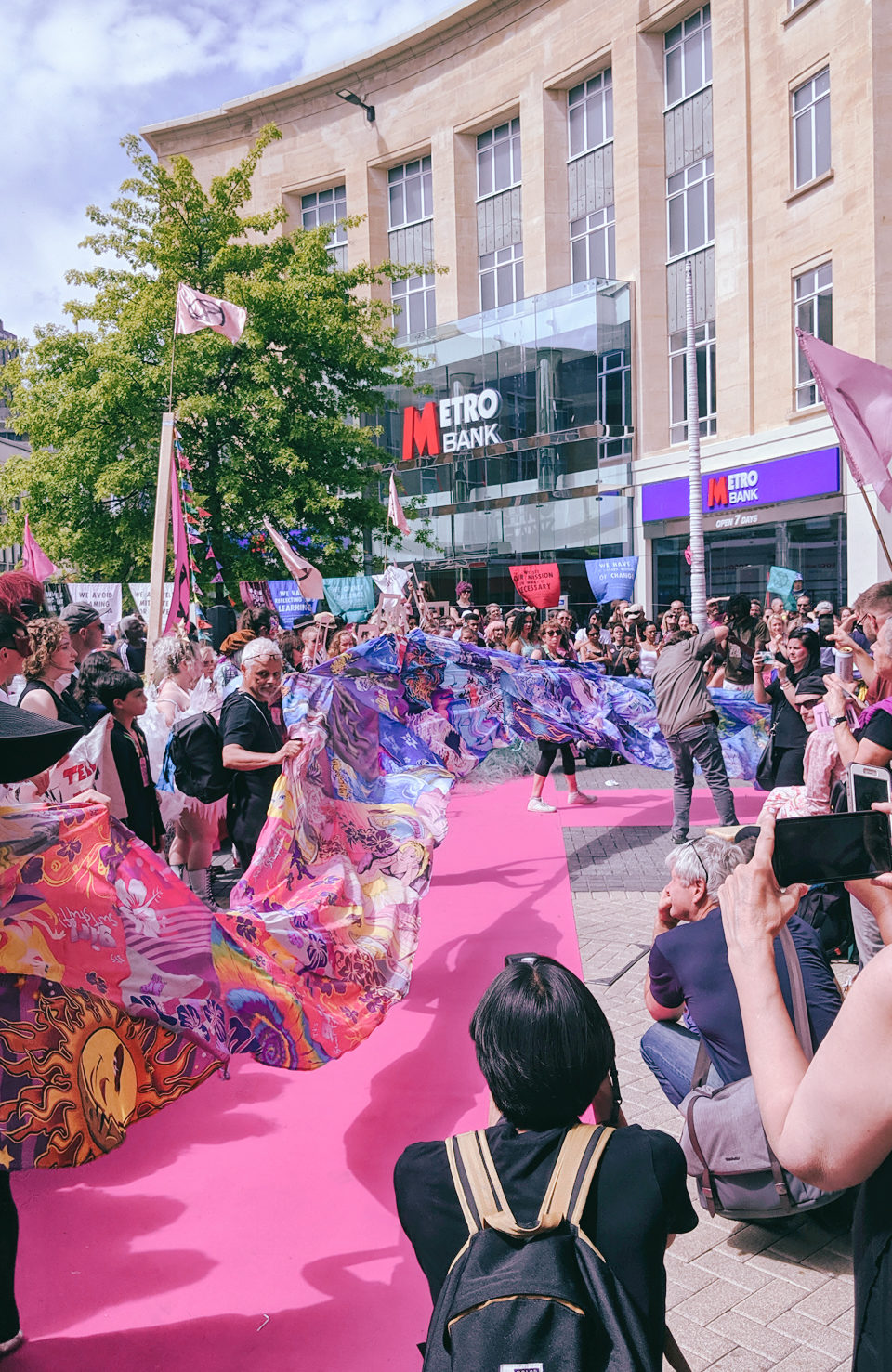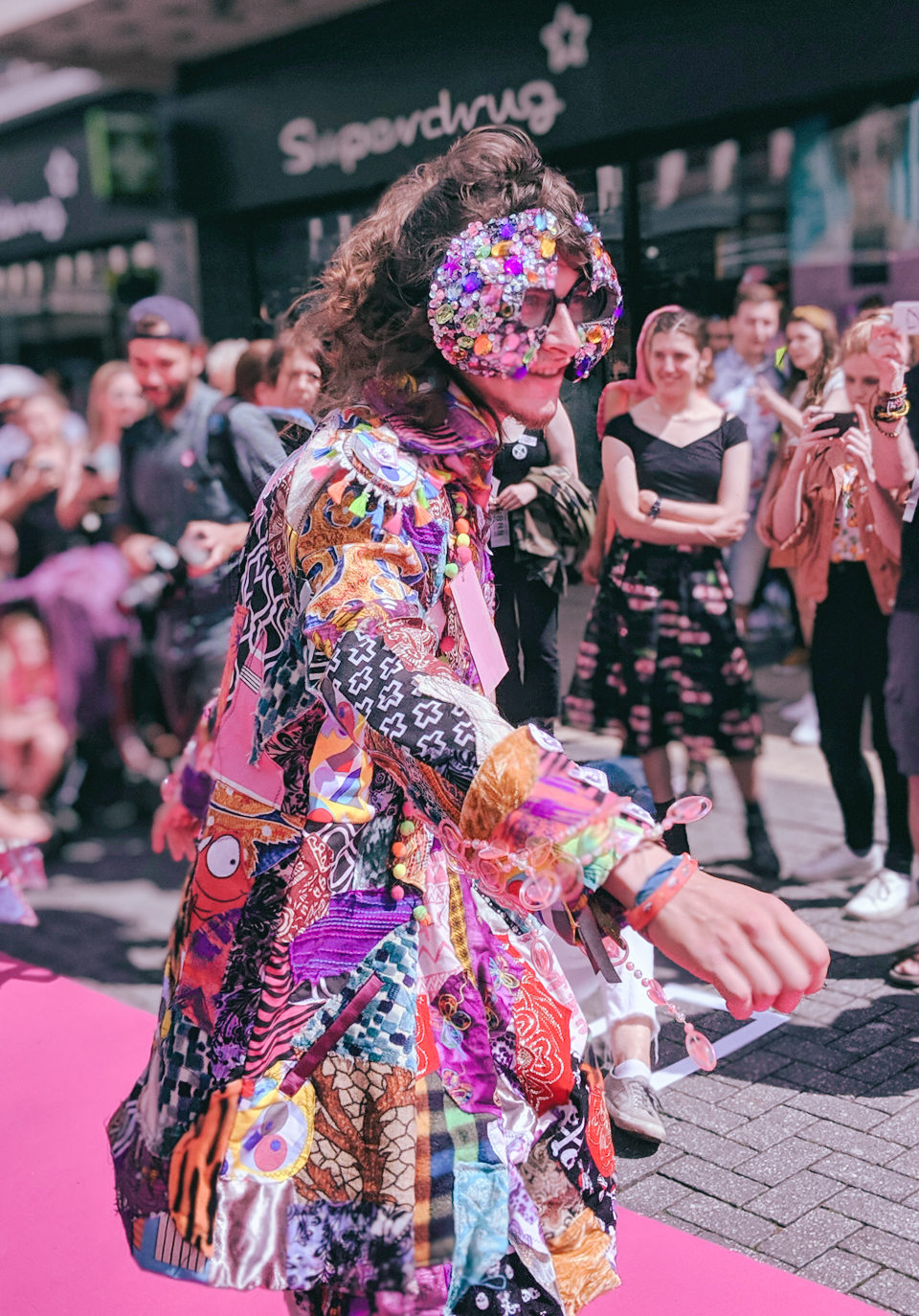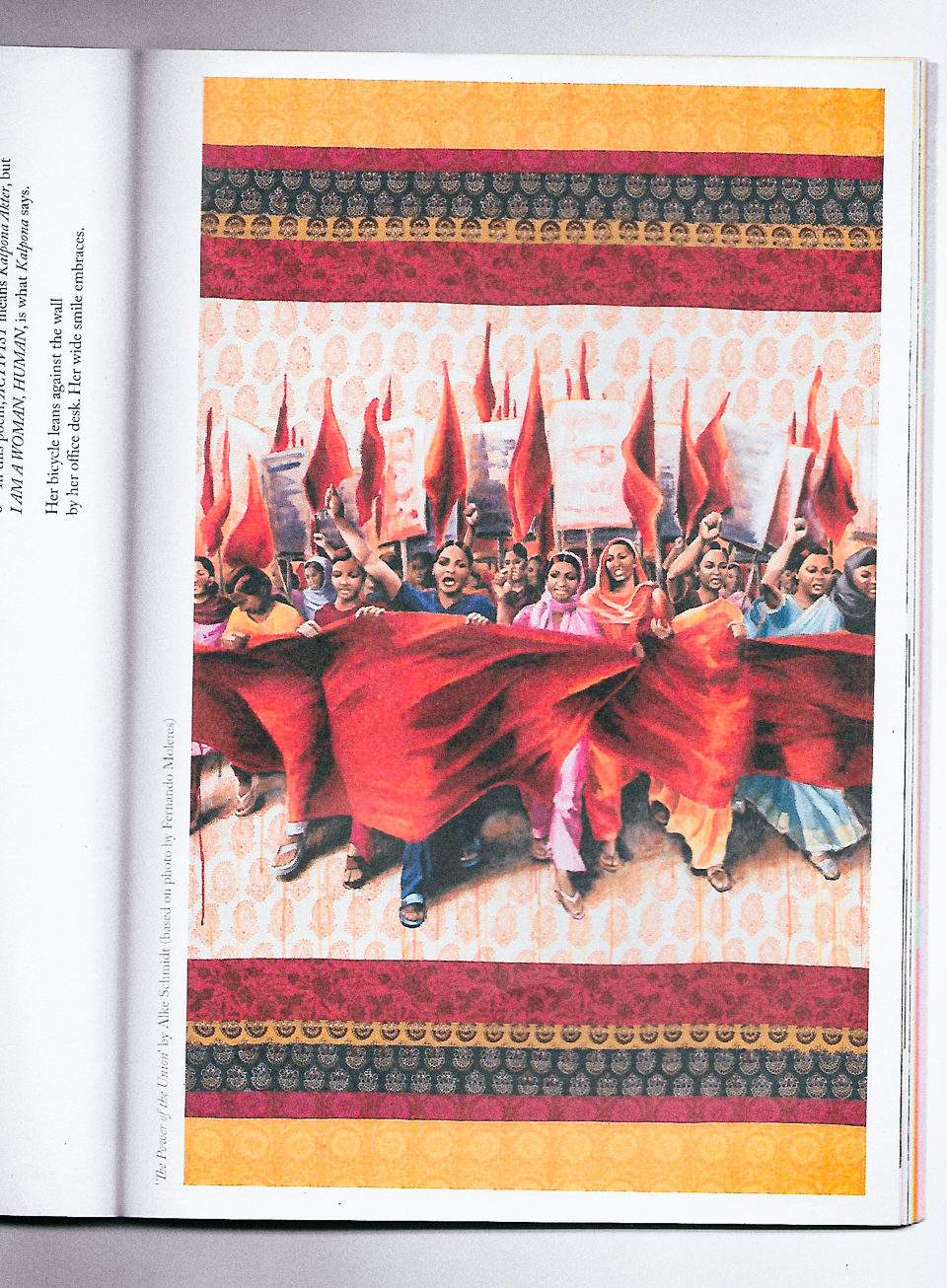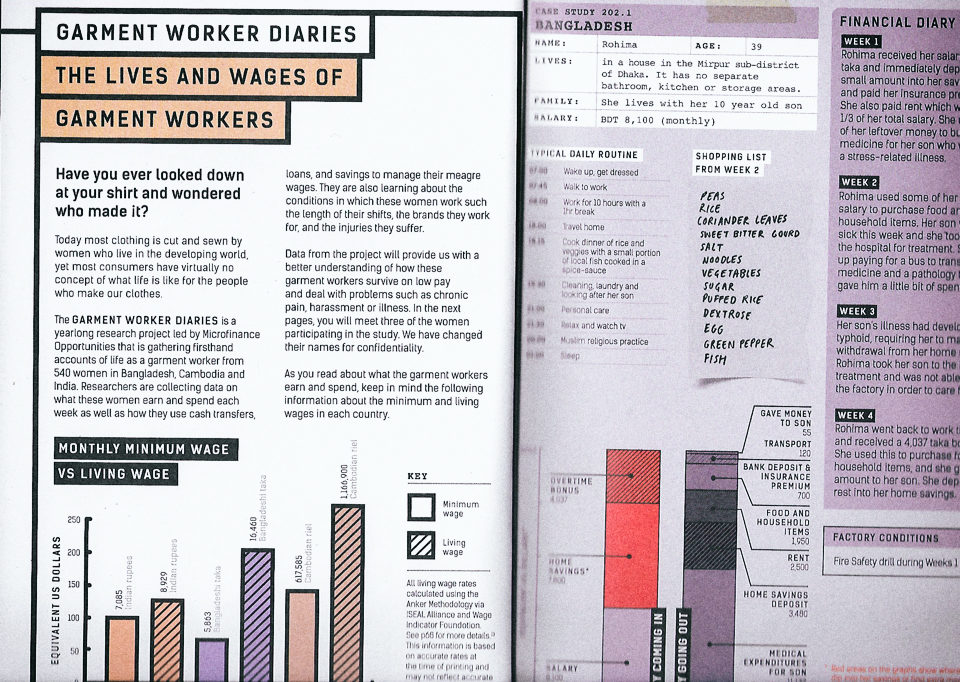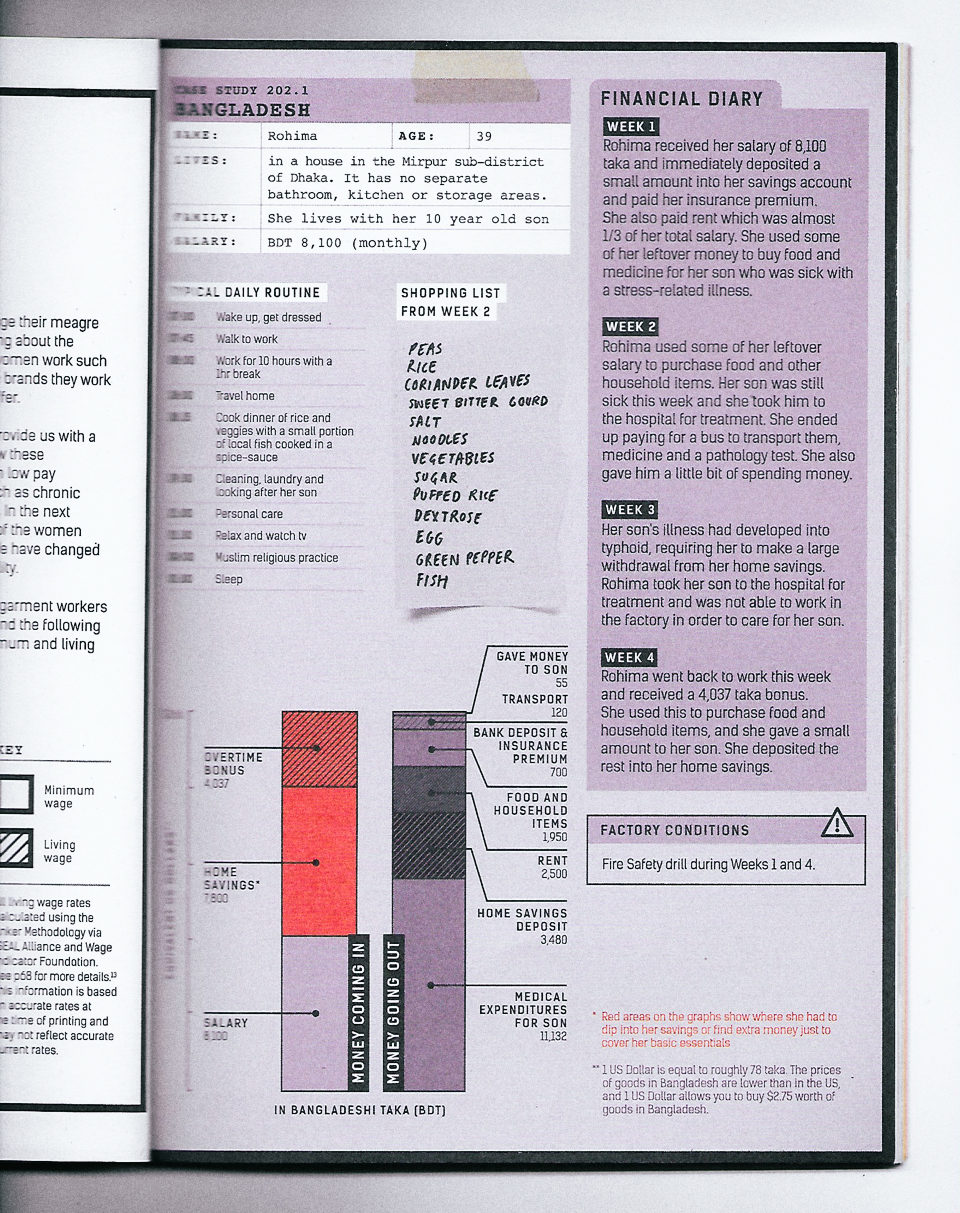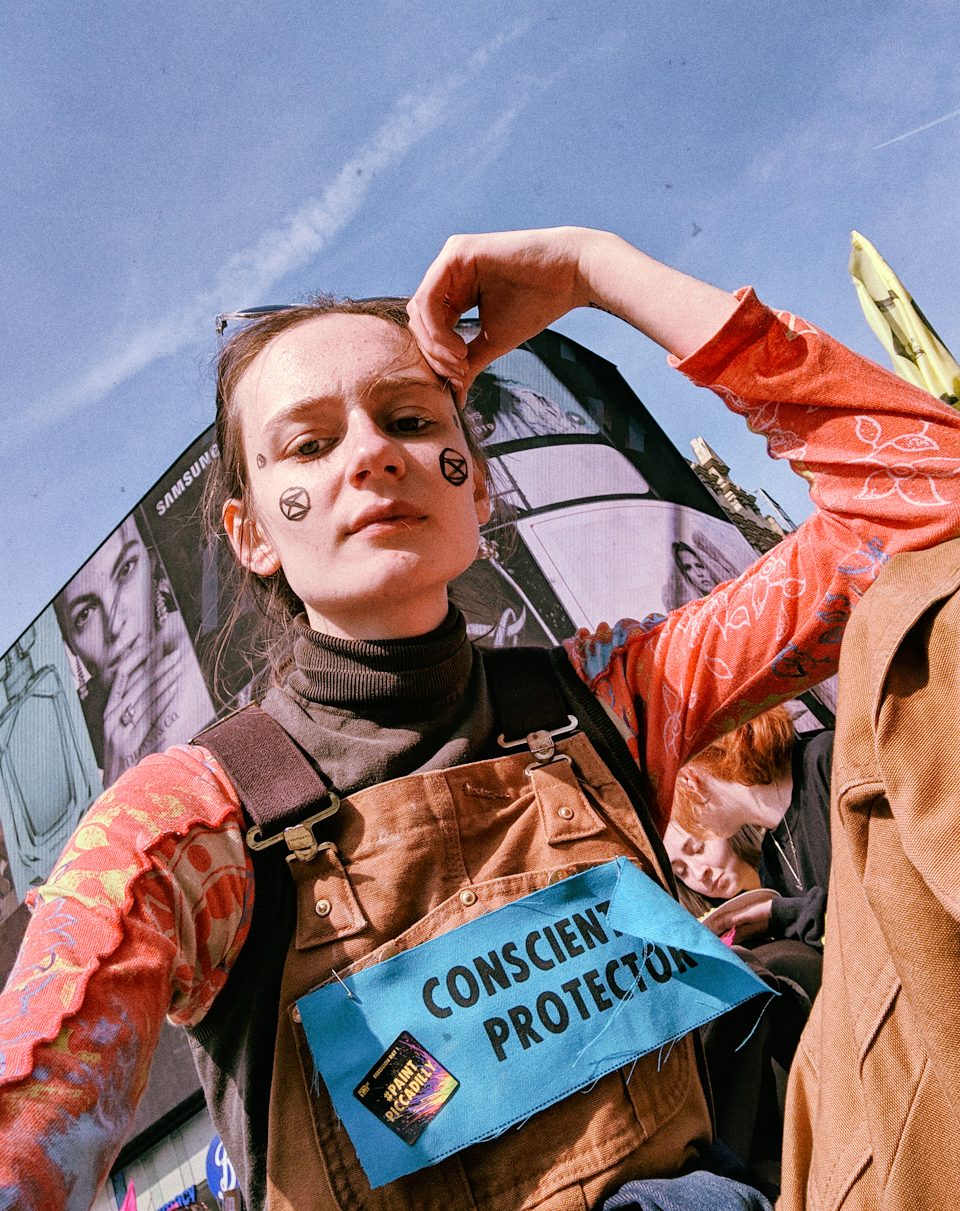
One year ago, I rather naively and nervously journeyed to London to participate in Extinction Rebellion’s first ‘International Rebellion’. I say naively because, at that stage in my activism journey, I had little to no knowledge of my rights to protest, the different laws I could potentially be breaking and the risks I was opening myself up to by partaking in an act of civil disobedience, to demand drastic climate action.
I want to preface this by saying I understand the flaws of the movement as a whole. In an ideal world, there would be no need for separate movements and organisations to focus on the climate crisis – we would work together, as a civilisation to mitigate the effects of an emergency that is very much still ongoing despite the current global pandemic that is upon us.
We would (and should) go to great lengths to raise the voices of those who have been paving the way since before climate change was ever something we had to consider.
I understand that the mostly positive experiences I have had over the past year, have come out of a place of privilege and out of the little risk to my safety, wellbeing and overall security. I will never beat around the bush that this type of activism can often cost a fair amount of money (whether it’s for covering accommodation, food, travel or other expenses), take a lot of time and have potential legal consequences.
Not everybody can afford to take two weeks off of work or travel the country frequently, no matter how much they understand and appreciate the severity of the issue.
Direct action is not the be-all and end-all of activism (believing this is a very ableist view on activism) nor is it always the best way to bring about change – it is simply one way and one way that has come to resonate and work for me on an individual basis. However, I will note that there are many ways you can support a movement like XR, without taking to the streets.
This has been a year of my personal rebellion. It’s been one of learning and growing and coming to understand what I value in a world which is constantly challenging my reasons for staying hopeful.
If anything, this isn’t going to be about ecological collapse, facing mass extinction or discussing the reasons for acting in the first place – this is going to be about community and how now, in a time of global uncertainty, I have never felt more sure that coming together and holding hands with each other (metaphorically, of course), is the most important thing we can do to challenge the systems that are failing us. In a sense, this is a journal entry.
On this day last year, I showed up and I knew nobody.
But what came out of that day was discovering that being a part of a community isn’t about knowing anybody; it’s about coming together for a common cause, a goal or a vested interest and holding each other up on the journey that you’re all on.
It’s about the small in-between moments that we’re currently having to replicate virtually – the brief check-ins, the tilt of the head before you step in and ask if somebody’s okay. All of the things that seem like common decency but are often left behind in the fast-paced world we’ve become so used to.
Obviously, this is coming from the perspective of someone living in a country where we’ve all become so wrapped up in capitalism’s individualism that these basic human interactions seem to have slipped away.
This reflection comes at a time which feels more poignant than ever because if it wasn’t for community, the lockdown that many of us in 2020 suddenly find ourselves in, would be an even harder struggle.
There would be no mutual aid groups, clapping on our doorsteps (no matter how politically divisive that may be), singing in the streets or motivational messages being chalked onto pavements.
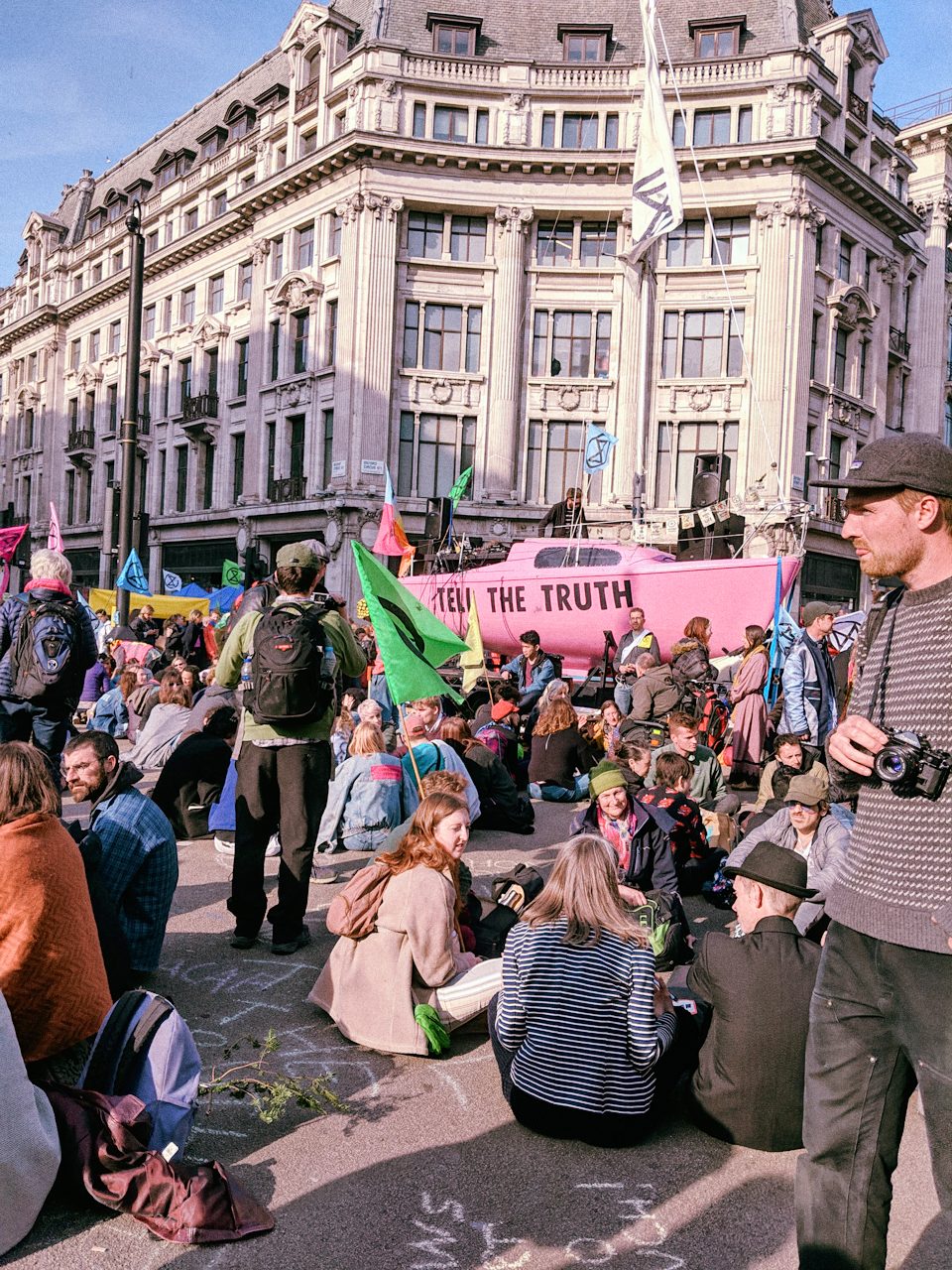
That first day of my rebellion, which helped in tipping the agenda to a point in which the UK Parliament declared a climate emergency, was my first true taste of this.
There was a moment that may sound insignificant if you’ve been fortunate enough to find yourself among what feels like ‘your people’ before, which always comes to mind. I can’t quite remember if this was the Monday or the Friday in which I returned for a second day of action after not being able to sit still for the days in between but I’m not sure it matters.
I was sat in the middle of Oxford Circus as the sun began to set on an unusually warm (well – is it really unusual when 2019 was one of the hottest years on record?) April evening surrounded by unfamiliar faces when a selection of biscuits started to be passed around. (The biscuits aren’t an important part of this story – if anything, it just makes the story more entertaining to retell).
Maybe it was just something about the way the light was falling on the pink boat that sat in front of me, the sheer monumental feeling of being a part of what would likely become a piece of history or the beauty of something as simple as a biscuit to fuel me after a day of exhaustion – but I felt at peace.
I felt okay in all my fear and the few strands of hope I was clinging on to with my recent realisation that there is no going back from the impact that’s been made on our planet, our world and our futures.
No matter what changes we make, no matter how we start to adapt, we will, unfortunately, see the consequences of our actions (more on this here).
I felt comforted, supported and suddenly not so alone.
And I now know that I was there by that pink boat draped in sunlight with many people I would now call friends, without knowing it.
I now know that the person who spoke in the middle of Piccadilly Circus about losing their father and how it made fighting for climate justice all the more personal, as Talia.
I now know the person who boarded the same return coach home as me, with the blue hair and the Irish accent, as Jess.
I now know the name of the person wearing the XR-themed jewellery who also boarded that very same coach and sat in the seat behind me. A few months later, I would find myself holding their hands with my eyes filled with tears, as they were lifted into a police van for continuing to take a stand.
I can now recognise faces in crowds and the people behind the instruments that echo through the streets when we come together as a band made up of strangers.
I remember those I’ve shared vulnerable moments with, and I’ve reconnected with them on the basis that we know we can find ourselves in a safe space when we see each other again.
I’ve had low moments and phone calls to get me through that I never would have received otherwise. I’ve had emails filled with wisdom and messages full of love.
Even when I’ve shown up alone, it’s never felt that way. It’s like one big interconnected family that was created out of something as necessary as wanting to protect life.
I’ve felt seen and heard. I’ve felt accepted without judgement because this cause doesn’t depend on who you are. It just needs you to show up in all your true colours; with tears and grief and hope and all.
Imagining a new world isn’t easy for me. There are too many obstacles in the way, too many reasons to look away and crumble at reality. But I now know that a new world relies on us. It relies on us being an us. It relies on a collective. A we. A sense of togetherness and solidarity for those who aren’t within our reach.
The belief that nobody should have no-one to turn to.
It’s self-sufficient but only if the self means more than one. It’s a world where we rely on each other because we know that there is nothing stronger. I see hope in each other more than anything else because there is never-ending proof that we work.
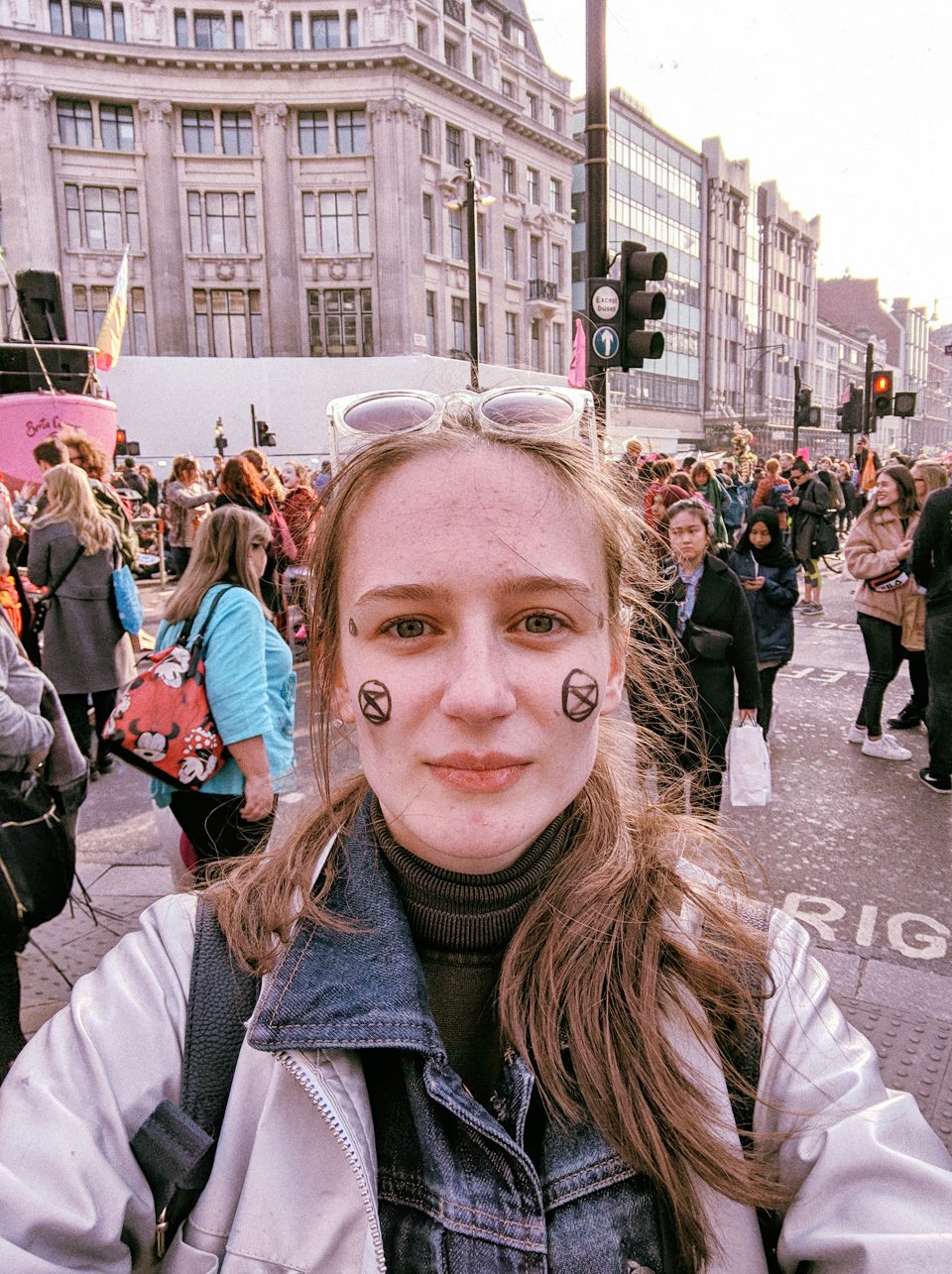
So, if anything, this is a thank you.
A thank you to every person that has welcomed and accepted me and not only understood but related to my fears. It’s a thank you to the shoulders I’ve cried on without barely having spoken a word.
A thank you for the joy and the laughter when there are so many reasons to stay in the darkness – because what’s the reason for fighting for life if we don’t celebrate the simple act of living?
In this past year, I’ve lived deeply but only because I’ve found people who have given me the space to do so.
For me, celebrating life despite all of the injustices and all of the battles we’ve yet to face is as good an act of rebellion as any other.







